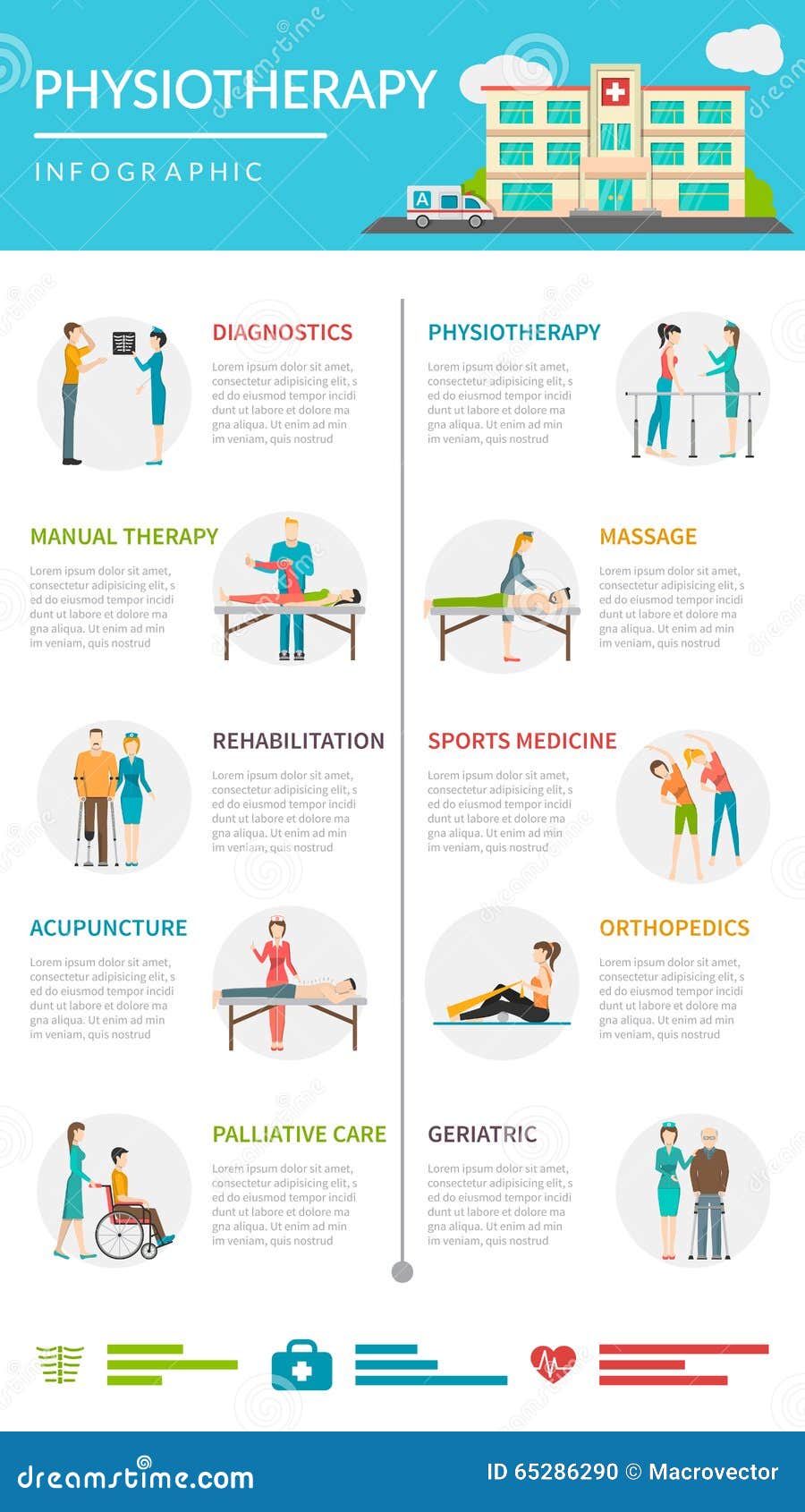Daily Practices That Lead To Back Pain And Approaches For Prevention
Daily Practices That Lead To Back Pain And Approaches For Prevention
Blog Article
Web Content Develop By-Dyhr Rosales
Preserving proper pose and preventing typical pitfalls in everyday tasks can dramatically impact your back health. From how you rest at your workdesk to how you lift hefty objects, little changes can make a big difference. Picture a day without the nagging pain in the back that hinders your every relocation; the solution could be simpler than you think. By making a few tweaks to your everyday routines, you could be on your way to a pain-free presence.
Poor Pose and Sedentary Way Of Life
Poor posture and an inactive way of living are two major factors to neck and back pain. When you slouch or inkling over while sitting or standing, you placed unnecessary stress on your back muscles and spine. This can result in muscle imbalances, stress, and ultimately, persistent back pain. Furthermore, sitting for extended https://family-chiropractic-healt73839.answerblogs.com/31377591/alternative-recovery-integrating-chiropractic-care-treatment-with-other-different-treatments without breaks or physical activity can compromise your back muscles and bring about rigidity and pain.
To combat poor pose, make an aware effort to rest and stand up directly with your shoulders back and aligned with your ears. Bear in mind to maintain your feet level on the ground and prevent crossing your legs for prolonged periods.
Incorporating regular extending and enhancing exercises into your everyday routine can also aid boost your stance and alleviate neck and back pain connected with a less active lifestyle.
Incorrect Lifting Techniques
Incorrect lifting methods can substantially add to pain in the back and injuries. When you lift hefty things, remember to flex your knees and utilize your legs to raise, as opposed to counting on your back muscle mass. Stay https://www.nytimes.com/2021/05/25/magazine/health-care-vaccine-ethics.html of turning your body while training and maintain the object close to your body to decrease pressure on your back. It's critical to maintain a straight back and avoid rounding your shoulders while raising to avoid unnecessary stress on your spine.
Always analyze the weight of the things before raising it. If it's also hefty, ask for aid or use equipment like a dolly or cart to transfer it securely.
Keep in mind to take breaks during raising jobs to give your back muscle mass a possibility to relax and avoid overexertion. By carrying out appropriate training techniques, you can stop neck and back pain and minimize the risk of injuries, guaranteeing your back stays healthy and solid for the long term.
Absence of Routine Exercise and Extending
An inactive way of life devoid of normal exercise and extending can considerably contribute to back pain and discomfort. When you don't engage in exercise, your muscle mass come to be weak and stringent, leading to inadequate pose and boosted stress on your back. Normal workout helps enhance the muscle mass that sustain your spine, enhancing security and minimizing the threat of pain in the back. Incorporating extending into your regimen can also improve versatility, preventing rigidity and pain in your back muscular tissues.
To avoid pain in the back brought on by a lack of exercise and extending, go for at least thirty minutes of modest exercise most days of the week. Consist of workouts that target your core muscles, as a solid core can aid relieve pressure on your back.
Furthermore, take breaks to stretch and relocate throughout the day, specifically if you have a desk job. Easy stretches like touching your toes or doing shoulder rolls can aid eliminate stress and prevent neck and back pain. Prioritizing routine workout and extending can go a long way in maintaining a healthy and balanced back and reducing discomfort.
Conclusion
So, remember to sit up straight, lift with your legs, and remain energetic to stop neck and back pain. By making basic adjustments to your daily practices, you can avoid the discomfort and restrictions that feature pain in the back. Care for your spinal column and muscular tissues by exercising great stance, correct training techniques, and routine exercise. Your back will certainly thank you for it!
